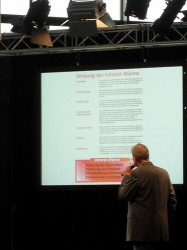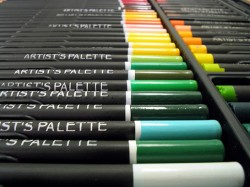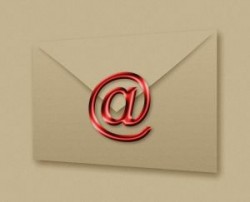Friday, I gave some examples of killer headlines that grab your attention.
Sure, they’re formulas. They’ve been used over and over since the days of John Caples and Eugene Schwartz.
The question is, why do these headline formulas work so well? What makes us keep reading (or clicking)?
Curiosity
Some of these formulas work by arousing your curiosity. They make you wonder how something could possibly be true, or what the connection between two unrelated things might be.
For example, “How a Pebble on the Beach Changed my Life.” We expect a new job or a move or other big events to influence our lives, but not a pebble. The only way to find out what happened here, and how it happened, is to keep reading.
Other headline formulas work by setting up a contradiction. The headline “Eat More and Weigh Less.” doesn’t sound right. We all “know” that to weigh less you have to eat less, right? Or do we?
Sometimes the headline asks a question, such as “Do you make these common marketing mistakes?” The only way to find out what those errors are, and whether you are making them, is to read more (or click).
Problem-solving
Other headline formulas offer an easy solution to a tough problem.
If your readers are struggling with their weight, or setting up a blog, or getting rid of weeds, a headline that offers to fix those things (and even fix them easily) can be very powerful.
If you’ve got bugs, a headline that says, “Get Rid of Bugs Forever in Just One Step” is going to definitely attract your attention.
Promises and inside information
Another proven formula is a headline that makes a big claim or promise. The lure of learning secrets or inside tips can be nearly irresistible.
Headlines such as “Retire Early Without Being Rich” or “Secrets the SEO Experts Don’t Want You to Know” promise access to information that other people don’t have. And, it’s information that can help you earn more, be more comfortable, and happier. That’s a powerful inducement to read or click.
Who wouldn’t want to know how to do those things?
What makes you stop and read a headline?





